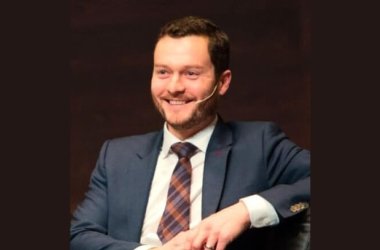A new five-year research project to develop tiny hair-like sensors for use on the surface of aircraft is set to improve the control and sustainability of future aviation.
Professor Christoph Bruecker recently became the Research Chair in Nature-Inspired Sensing and Flow Control for Sustainable Transport at City University, London. Supported by the Royal Academy of Engineering and BAE Systems, the research aims to develop an aerodynamic ‘skin’ that can be evaluated for use on future aircraft.
The research will bring together hundreds of tiny transparent ‘micro-pillars’ with optical fibres on an aerodynamic surface, providing a way to measure airflow around the surface with much more detail and precision than the relatively few sensors currently found on aircraft. By using an elastic material for the hair-like micro-pillars, the sensors can also flex in response to the airflow, allowing them to be used not just as passive sensors but for flight control, adapting to changing external conditions and providing finer control of an aircraft.
Using optical fibre technology also means that, unlike current sensors, the micro-pillars would not generate electromagnetic waves, allowing them to keep control even in harsh environments.
Applications for the smart skin technology could extend beyond aircraft. As the micro-pillars can adapt to changing conditions they not only change the aerodynamic properties of a surface – for example, by reducing drag – but also its acoustic signature, so they could be used on wind turbine blades and other propeller systems. Such detailed flow measurement and control could also be useful inside pipelines or on marine hydrofoils.
“The aim is not to copy nature, but to be inspired by it. By understanding the physical principles underlying natural flight, such as the structure of feathers and hairs, we can learn to improve our own systems. The detailed information provided by hair-like structures gives a much better understanding of a local flow situation, which the structures can then modify to improve aerodynamic control,” said Professor Bruecker.





